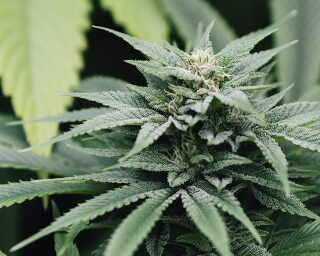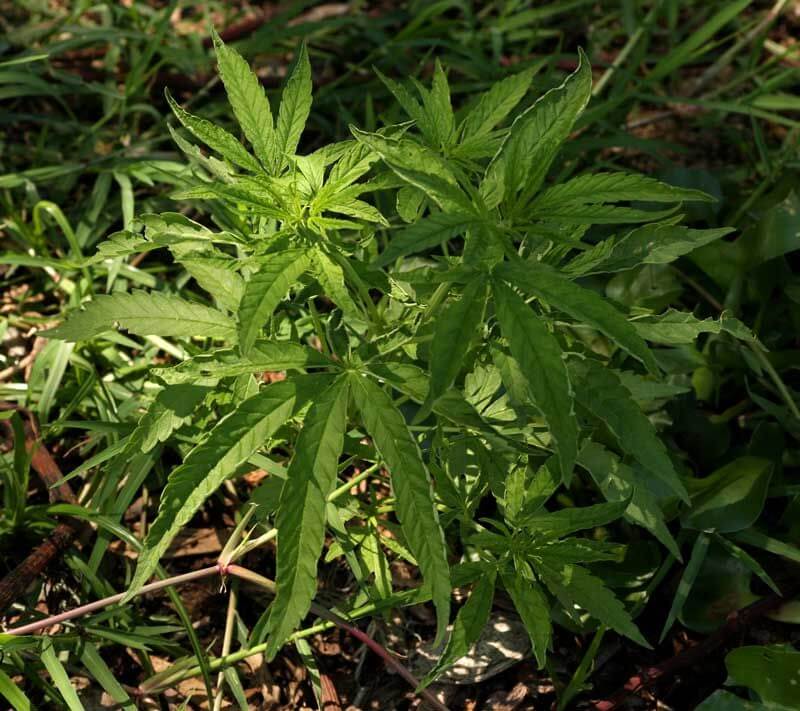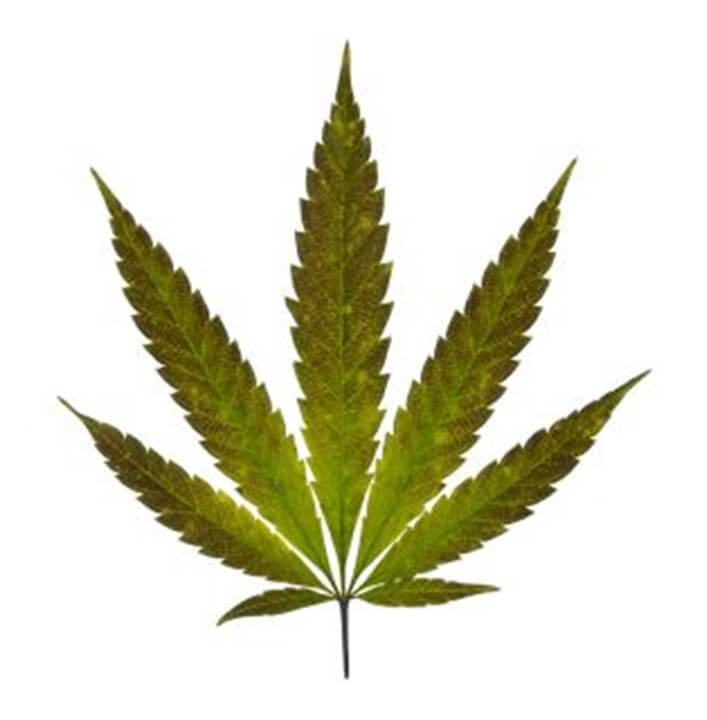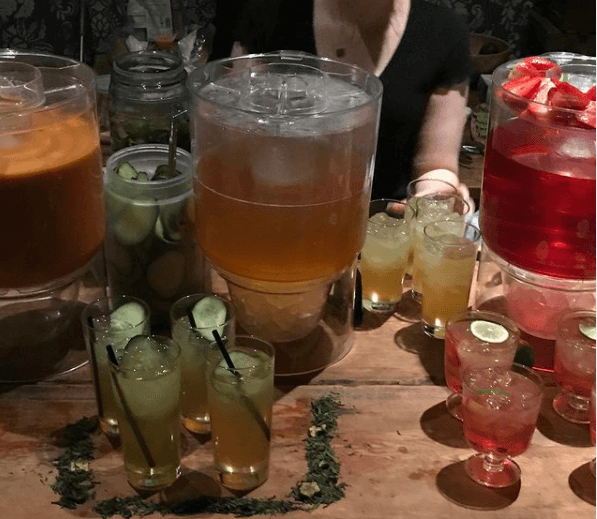Types of cannabis (fiber, grain, resin)
Cannabis comes in all types of shapes and sizes, from short to grain-producing varietals to tall long-form varietals and everyone’s favorite resin-producing varieties that are rich in THC and CBD. Here is everything you need to know about the world’s most totalitarian plan.
Cannabinoids
This section discusses the 200+ Cannabinoids that exist in the Cannabis plant. Yes, THC and CBD are Cannabinoids. Learn more using the resources below.
Terpenes
Ever wondered why Cannabis has a smell? Why that smell may change? In this part of “The Plant” page you’ll learn about the terpenes within the Cannabis plant responsible for aroma.
Hemp + Cannabis
In the Cannabinoid section, we discuss the variety of Cannabis compounds called Cannabinoids. In this section, we focus on one of the most well-known Cannabinoids; CBD and the Cannabis plant that is CBD dominant, Hemp.

Growing
The resources in this section will help you on your Cannabis grower’s journey. We’ll discuss both indoor and outdoor grow operations as well as alternative growing methods like hydroponics.
Types of cannabis (fiber, grain, resin)
Overview
The Green Rush: New Opportunities for Industrial Hemp as a Multipurpose Crop
Over the last several years the hemp industry in Canada is growing by 20-30% on an annual basis. Until recently this growth was primarily driven by booming demand for grain for health food products and cosmetics and partially driven by emerging needs for environmentally-friendly fiber-based products. The new Cannabis Act introduced in October 2018 that permitted whole utilization of industrial hemp including flowers, leaves and chaff presents new opportunities for the crop. It is projected that by 2023, the Canadian hemp industry will grow to $1 billion largely owing to the production of non-narcotic cannabinoids (i.e. cannabidiol – CBD) for domestic and international markets. This presentation will be focused on the development of best management practices permitting sustainable production of industrial hemp (aka low THC cannabis) as a genuine multipurpose crop, with particular emphasis on the cannabinoid and grain prospects. Particulars for selection of a suitable field, seeding practices including variety selection and effects of day length on grain and fiber production, major pest and diseases, crop management under rain-fed and irrigation.
Tammi Sweet’s Guide to All Things Cannabis
Anyone looking to better undestand the cannabis plant, how it interacts with our bodies and the things we can make with it, this is a place for you! Tammi Sweet has created a pleathora of resources (free, paid, digital, print) to help support folks interested in stepping into the world of cannabis. Enjoy!
Fiber

2018 NY HempLab Conference: The State of Hemp Bast Fibers, Their Potential and the Role of the Bio-Industrial Materials Institute
Ronald B. Bucinell, Ph.D., P.E. Associate Professor at Union College , Co-Founder Bioindustrial Material Institute (BMI) Topic: The State of Hemp Bast Fibers, Their Potential and the Role of the Bio-Industrial Materials Institute The success of hemp and other bast plants in industrial and technical applications is completely a function of how they compare to other plant-based and synthetic materials on a cost and performance basis. The Bio-industrial Materials Institute (BMI) has been established with the mission of collaboratively establishing a comprehensive understanding of bio-industrial materials from bast plants, their opportunities, and how to economically process them into useful products, through partnerships to increase their competitiveness and material use. By pulling together a large pool of collaborators including researchers and processors who are experts in their respective fields, the BMI will develop standards and characterize these materials, demonstrate how to design products with them, and modify existing or develop new manufacturing processes to realize their commercial potential. These data and capabilities will be made available to Institute member thereby establishing the BMI as a bridge connecting farmers to end-users.
2018 NY HempLab Conference: Scaling Hempcrete in the US: Challenges and Opportunities
Mattie Mead: The built environment has a significant impact on the natural world, being responsible for nearly 40% of our domestic carbon dioxide footprint and energy consumption. Using buildings as biosinks is a promising opportunity for addressing climate issues, and biocomposite building with hempcrete can play an important role. To have an impact, hempcrete must be scaled so that more projects are happening simultaneously, stimulating micro economies and demand for biomass building materials. Hempitecture will address the challenges and opportunities hempcrete building poses for the future of our built environment.
NY HempLab Expert Round Table – Fiber
Featuring Dr. Jared Nelson (SUNY New Paltz), Dr. Jen Jenkins (SUNY Morrisville), Steve Halton
Grain
2018 NY HempLab Conference: Keys to Hemp Seed Processing
Netaka White: Hemp seed production is arguably the most promising “new” commodity crop in the US. With its wide range of applications for the small-and full-scale operation, we see unique opportunities to establish best-practices that meet the societal, ecological and economic needs of this and future generations. And in addition to some of the underlying tensions that exist because of hemp’s current Schedule 1 classification, getting started in hemp seed processing and value-adding brings its own intrinsic challenges, with few technical resources available to guide the start-up enterprise. In his talk, Netaka will highlight successful practices drawn from his ten-year venture with artisanal and regional-scale oilseed production and processing in Vermont. With cautionary tales and a touch of philosophy, this session will provide useful data and resources, and explore a range of production and facility fundamentals for those planning or beginning to scale-up their hemp crop or business.
Categorizing (pheno, chemo, etc)
2018 NY HempLab Conference: Comparing Apples to Cannabis: Science, Analytical Methods, and Safety Testing in the Hemp Industry
Scot Warring Ph.D.: Given the levels of investment, time, liability, and expectations put into developing a business in the hemp economy, it is vital that consumers, vendors, growers, processors, and regulators know the composition of hemp and the hemp-derived products with which they are dealing.
Cannabinoids
2018 NY HempLab Conference: Dr. Harold Smith
Topic: Validating Potency, Dose and Consistency of Whole Plant-Sourced Hemp Products
Terpenes
Hemp + Cannabis

WOCC CannaCareers – Hemp v. Cannabis
This informational employment session discusses how getting a job in HEMP is just a little bit different from getting a job that touches THC. We’ll also be going over the different types of jobs available in the hemp industry, as well as what you can do to get them!
Cornell University Hemp Research / Resources
This link is a resource hub for all things hemp – ranging from research to economics.
Growing
NYCGPA – Integrated Pest Management 101
A brief introduction to IPM: What it is and why it’s important ● Tools that are helpful ● How to scout ● Common Cannabis pests ● What to do if you spot pests With Speaker Heather Kase
CANY Cannabis Integrated Pest Management 101
A brief introduction to Integrated Pest Management (IPM): what it is and why it’s important. Includes helpful tools such as how to scout, common cannabis pests, and what to do if you spot pest featuring IPM specialist Heather Kase.



